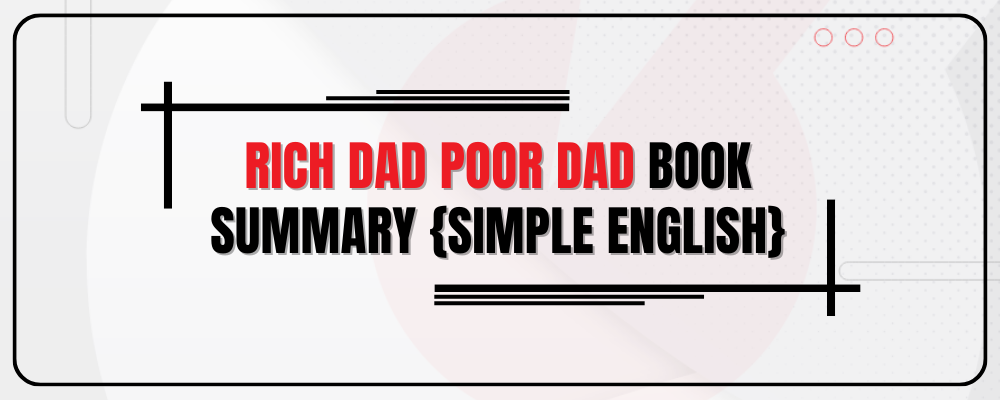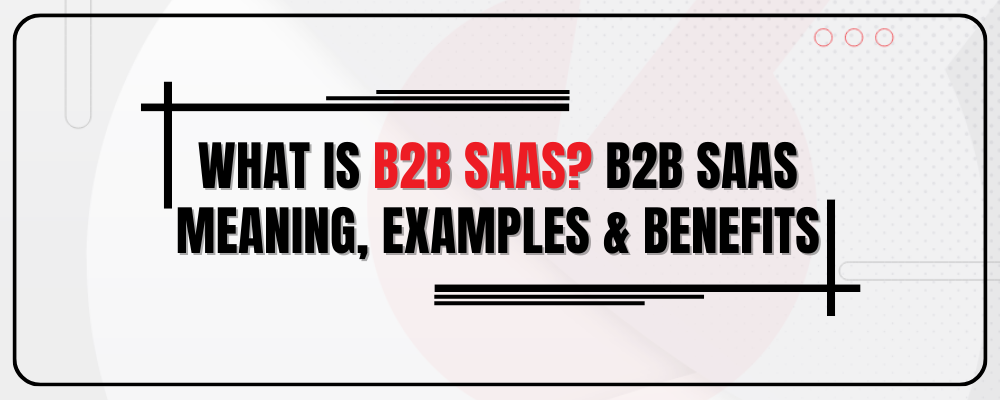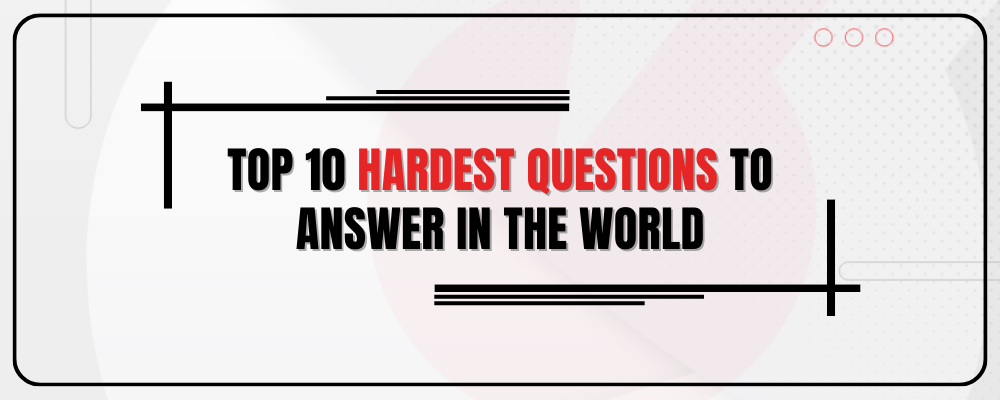“Rich Dad Poor Dad” is a personal finance and self-help book written by Robert T. Kiyosaki. The book was first published in 1997 and has since become one of the most popular and influential financial books worldwide. The author uses a narrative style to convey his financial philosophy, drawing from his own life experiences and the lessons he learned from two influential father figures: his biological father (whom he refers to as “Poor Dad”) and the father of his childhood friend (whom he calls “Rich Dad”).
Summary of “Rich Dad Poor Dad”
The book begins with Kiyosaki reflecting on his childhood and the contrasting financial philosophies of his two “dads.” His biological father, referred to as “Poor Dad,” had a traditional mindset about money, emphasizing the importance of job security, education, and a steady paycheck. In contrast, “Rich Dad,” the father of his childhood friend, had a more entrepreneurial and wealth-building approach.
Lesson 1: The Rich Don’t Work for Money
One of the central lessons is that the rich don’t work for money; instead, they make money work for them. “Rich Dad” advocates financial education and investing in assets that generate passive income. Kiyosaki stresses the importance of financial literacy, understanding assets versus liabilities, and building wealth by creating multiple streams of income.
Lesson 2: Mind Your Own Business
The author emphasizes the importance of entrepreneurship and creating and managing one’s own business. “Rich Dad” believed that individuals should focus on building and investing in their own businesses rather than solely relying on traditional employment. This lesson encourages readers to develop an entrepreneurial mindset and take control of their financial destinies.
Lesson 3: The Importance of Assets
Kiyosaki introduces the concept of the “rat race,” where people work hard to earn money but struggle financially because they don’t acquire assets. He defines assets as anything that puts money in your pocket, while liabilities take money out. The rich focus on acquiring income-generating assets, such as real estate or businesses, to achieve financial independence.
Lesson 4: Understanding Taxes and Power of Corporations
The book discusses the significance of understanding taxes and using legal means to minimize tax liabilities. Kiyosaki introduces the idea of corporations and explains how they can provide financial advantages, including reduced taxes and increased protection. He encourages readers to learn about tax laws and use them to their advantage.
Lesson 5: The Rich Invent Money
“Rich Dad” believed in the power of creativity and innovation to generate wealth. Kiyosaki emphasizes the importance of financial intelligence and the ability to spot opportunities that others might overlook. This lesson encourages readers to be proactive, think creatively, and explore unconventional ways to make money.
Lesson 6: Work to Learn, Don’t Work for Money
Kiyosaki challenges the conventional belief that formal education guarantees financial success. He advocates for continuous learning and self-education, emphasizing the importance of acquiring skills and knowledge that are directly applicable to real-world financial success. The idea is to work for learning and personal development rather than just a paycheck.
Lesson 7: Overcoming Obstacles
The book acknowledges that the path to financial success is not without obstacles. Kiyosaki shares stories of challenges he faced and the importance of perseverance, resilience, and learning from failures. He encourages readers to view obstacles as opportunities for growth and learning.
Conclusion
“Rich Dad Poor Dad” concludes by reinforcing the idea that the path to financial success involves adopting a mindset focused on financial education, entrepreneurship, and building wealth through assets. Kiyosaki challenges readers to question traditional financial beliefs and take control of their financial destinies.
Impact and Criticism
“Rich Dad Poor Dad” has had a profound impact on how many people perceive money and financial success. It has inspired individuals to think differently about their approach to wealth-building and has become a bestseller globally. However, the book has also faced criticism for its anecdotal nature, lack of specific investment advice, and the controversy surrounding the identity of “Rich Dad.”
Conclusion
“Rich Dad Poor Dad” serves as a guide to financial education and a call to rethink traditional notions about money. Through the contrasting experiences of his two “dads,” Kiyosaki presents a set of principles that encourage readers to take control of their financial destinies, invest wisely, and build wealth. While not a detailed investment manual, the book provides a mindset shift that has resonated with many individuals seeking financial independence and success.






